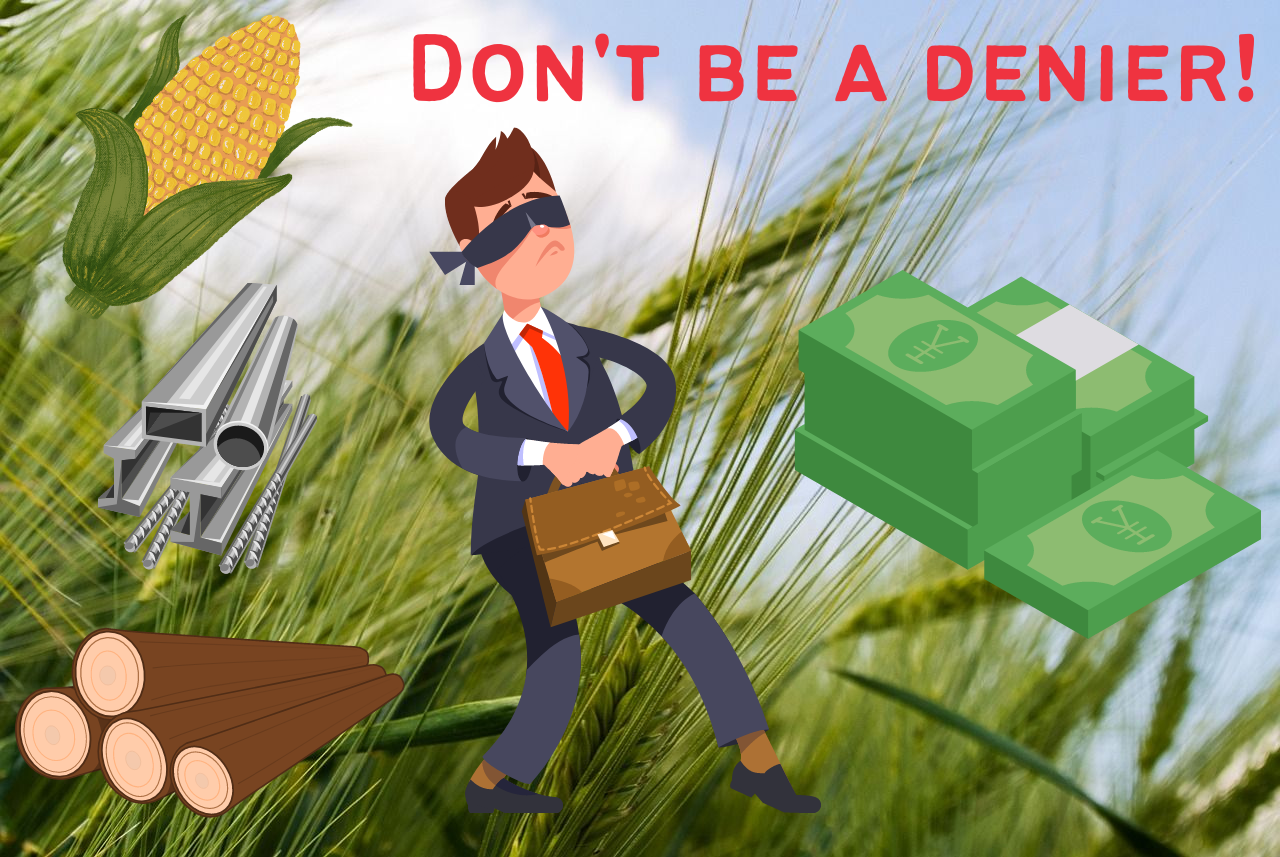
Don’t Be A Commodity Denier
By Craig Theisen
Companies like to think the products they make are unique and exciting, unlike the hunks of wood and metal gears in the picture. However, many products are just packaged and well branded commodities.
Millions of companies have multiple competitors that bid to produce a product that meets given specifications. In that case, their customer will buy from the supplier whose total cost is lowest.
For example, the typical automobile has 30,000 parts. For each part, even complex assemblies, there are many capable suppliers bidding on the same part for a new vehicle. The powerful buyer sees your product as a commodity. What is a company to do after it admits its products are commodities?
Options include staying in their current product lines and industries and competing on cost or moving onto another type of product or industry where product uniqueness and differentiation matters. The biggest component of total cost is typically product cost, but cost of freight, tooling, quality, nuisance, and other costs add to it.
Competing on cost does not have to be boring. Using the C-O-S-T system, short for Cost Optimization System and Technique, it is exciting. The system uniquely focuses on optimizing cost during product development. As the picture illustrates, C-O-S-T includes 25 subject areas in four categories. The umbrella signals that the C-O-S-T system protects companies against competition, inflation, customer demands and supplier price increases.